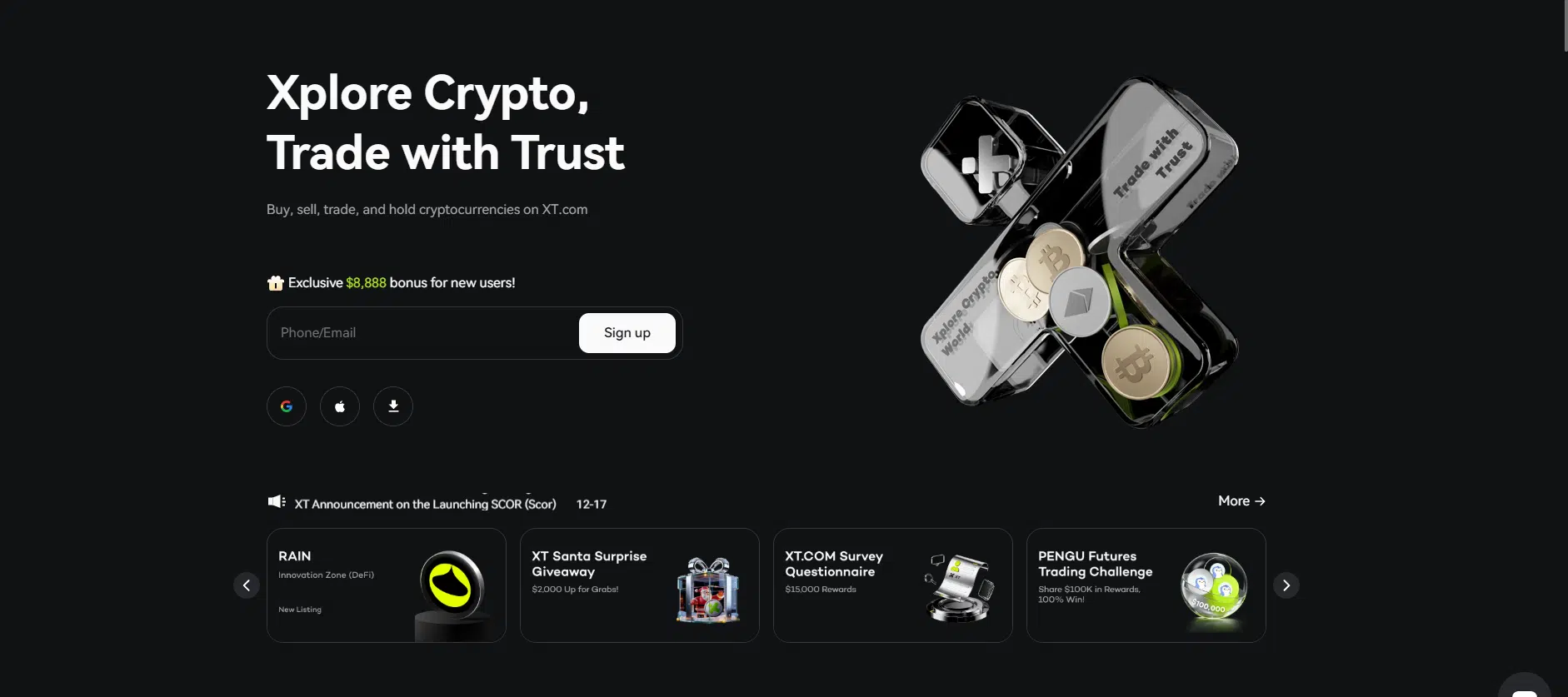The world of decentralized finance (DeFi) has been a game-changer in revolutionizing access to financial services, enabling users to lend, borrow, trade, and earn yields without intermediaries. Despite its rapid growth, DeFi adoption still lags behind traditional finance due to challenges like user inexperience, low awareness, and complex interfaces.
To overcome these barriers, many DeFi platforms are turning to airdrops as a way to boost engagement, onboard users, and build strong ecosystems. By distributing free tokens for DeFi adoption, projects are giving potential users a risk-free opportunity to explore decentralized finance while driving liquidity and activity on their platforms.
In this detailed guide, we’ll explore how airdrops for DeFi growth are accelerating decentralized finance usage, the strategies behind these campaigns, and the impact they’re having on the DeFi ecosystem.
1. Challenges in DeFi Adoption
Before diving into how airdrops can promote DeFi adoption, it’s important to understand the obstacles preventing mass participation in decentralized finance.
a. Complexity of Platforms
Many DeFi platforms require users to navigate wallets, decentralized apps (dApps), and smart contracts. The technical jargon and user interfaces can overwhelm beginners, creating a steep learning curve.
b. Lack of Awareness
While the crypto-savvy community is familiar with DeFi, the average person may not even know it exists. The potential for high yields, decentralized control, and innovative financial tools often goes unnoticed by newcomers.
c. Trust and Security Concerns
DeFi platforms are frequently targeted by scams and hacks, leading to fears about asset safety. New users are hesitant to trust systems where they risk losing their funds without proper protections.
d. Liquidity Gaps
DeFi platforms rely heavily on liquidity, but attracting sufficient liquidity providers can be challenging. Without adequate liquidity, trading pairs suffer from high slippage, and lending pools become inefficient.
Airdrop campaigns in decentralized finance are specifically designed to address these pain points, easing entry for new users and encouraging participation in a seamless and incentivized way.
2. How Airdrops Drive DeFi Adoption
Airdrops have become one of the most effective ways to encourage users to explore DeFi platforms. Here’s how driving DeFi adoption with airdrops works:
a. Onboarding New Users
One of the primary goals of airdrops is to lower the barriers to entry for new users. Free tokens allow individuals to interact with DeFi platforms without making an initial investment.
For example, recipients of airdrops often learn how to connect their wallets, stake tokens, or use decentralized exchanges. These interactions familiarize them with the DeFi ecosystem and build their confidence in using blockchain-based tools.
b. Boosting Liquidity
DeFi platforms thrive on liquidity. Airdrops often require recipients to provide liquidity to pools in order to qualify for rewards. By incentivizing users to stake their tokens or deposit assets, platforms ensure better market efficiency and reduce slippage in trading.
This approach is particularly effective for new projects that need to establish a strong foundation of liquidity early on.
c. Encouraging Long-Term Engagement
To retain users after an airdrop, DeFi platforms tie rewards to specific activities, such as governance participation, lending, or trading. By gamifying these activities, platforms keep users engaged and invested in the ecosystem.
d. Building Community Loyalty
Airdrops foster goodwill and loyalty by rewarding users for their participation. This sense of ownership creates a strong community, which plays a vital role in promoting the platform to new users and encouraging organic growth.
3. Airdrop Strategies for DeFi Growth
Not all airdrops are created equal. To maximize their impact, platforms use a range of strategies for promoting DeFi adoption with airdrops:
a. Task-Based Airdrops
Rather than simply distributing tokens for free, many platforms require participants to complete tasks to qualify for rewards. These tasks may include:
- Connecting a wallet to the platform.
- Staking a specific amount of tokens.
- Providing liquidity to a pool.
- Making trades or lending tokens.
This ensures that recipients actively engage with the platform and gain experience using its features.
b. Vesting and Lockup Periods
Immediate sell-offs can destabilize token prices after an airdrop. To prevent this, platforms introduce vesting periods that distribute rewards incrementally over time. This keeps users engaged and reduces short-term price volatility.
c. Targeting Specific Communities
Platforms often collaborate with wallets, Layer 2 solutions, or popular dApps to target crypto-savvy users. This ensures that airdrops reach individuals who are more likely to participate in DeFi ecosystems.
d. Phased Airdrops
Instead of distributing all tokens at once, some projects opt for phased campaigns. Initial rewards attract new users, while subsequent rewards encourage continued activity, such as staking or governance participation.

4. Benefits of Airdrop Campaigns for DeFi Platforms
When executed effectively, airdrop campaigns provide significant benefits for DeFi projects:
a. Rapid User Growth
Free tokens create buzz, attracting new users quickly and increasing the platform’s visibility. This rapid growth often translates into sustained engagement as users explore the platform’s features.
b. Enhanced Liquidity
By incentivizing users to deposit tokens into liquidity pools, airdrops improve trading efficiency and make the platform more appealing to other users.
c. Stronger Communities
Airdrops reward loyal participants, fostering a sense of belonging and creating an active community that supports the platform’s growth.
d. Increased Market Awareness
Airdrops act as marketing campaigns, spreading awareness about the platform’s unique features and drawing attention in a competitive DeFi landscape.
5. Challenges and Solutions
While airdrops are effective, they come with challenges. Here’s how projects can address them:
a. Short-Term Selling Pressure
Recipients often sell their tokens immediately, causing price instability. Platforms can combat this by implementing lockup periods or encouraging recipients to stake their tokens.
b. Attracting the Wrong Audience
Some users join airdrops purely for free tokens and have no interest in the platform. Task-based rewards ensure that only engaged participants qualify for tokens.
c. Scams and Fraud
Fake airdrop campaigns can tarnish the reputation of legitimate platforms. Projects should clearly communicate the details of their campaigns to build trust and avoid confusion.
6. Real-World Impact of DeFi Airdrops
Several DeFi platforms have successfully used airdrops to drive adoption:
- Uniswap (UNI): Distributed UNI tokens to early adopters, rewarding users who interacted with the platform and turning them into long-term participants.
- Compound (COMP): Rewarded users who contributed to its lending and borrowing protocols, creating a loyal community and attracting liquidity.
- Aave (AAVE): Encouraged liquidity providers with token rewards, helping to solidify its position as a leading DeFi platform.
Conclusion
Airdrops are a catalyst for accelerating decentralized finance usage, offering free tokens to onboard new users, boost liquidity, and foster engagement. For platforms, they represent a low-cost strategy for building thriving ecosystems. For users, they offer a risk-free way to explore the world of DeFi and its opportunities.
As the DeFi landscape continues to grow, airdrops will play an increasingly important role in promoting adoption and building long-lasting communities.
For more insights and guides on decentralized finance strategies, visit our Cryptocurrency Comparisons Guides.
Stay Updated:
For the latest news on DeFi airdrops and blockchain innovation, follow us on:
Special Offer:
Looking to trade your DeFi rewards? Sign up on Bybit today and claim up to $30,000 in deposit bonuses. Explore the DeFi revolution!
















